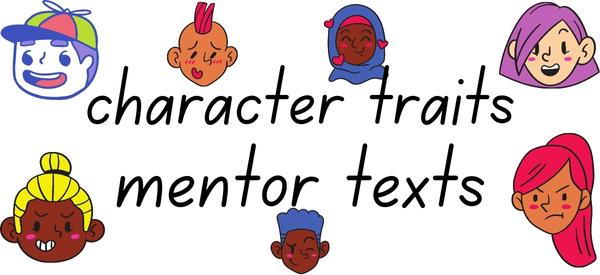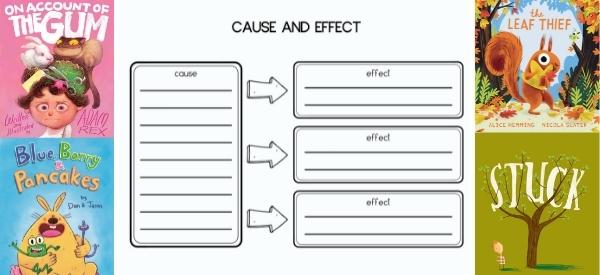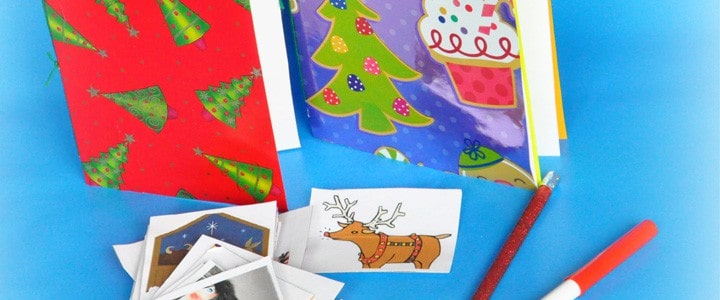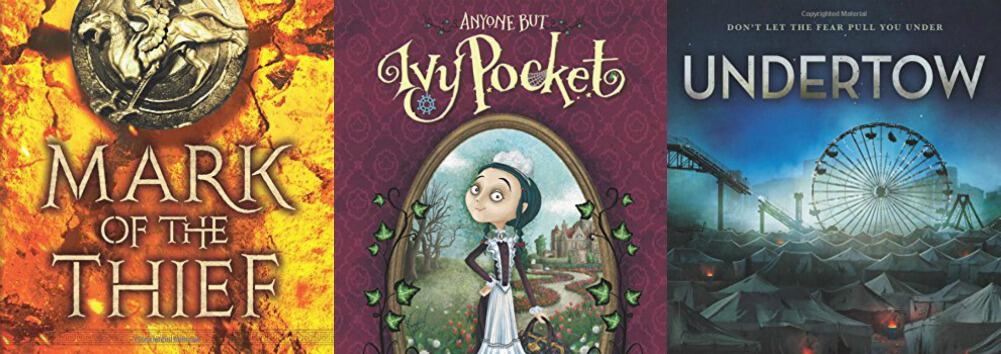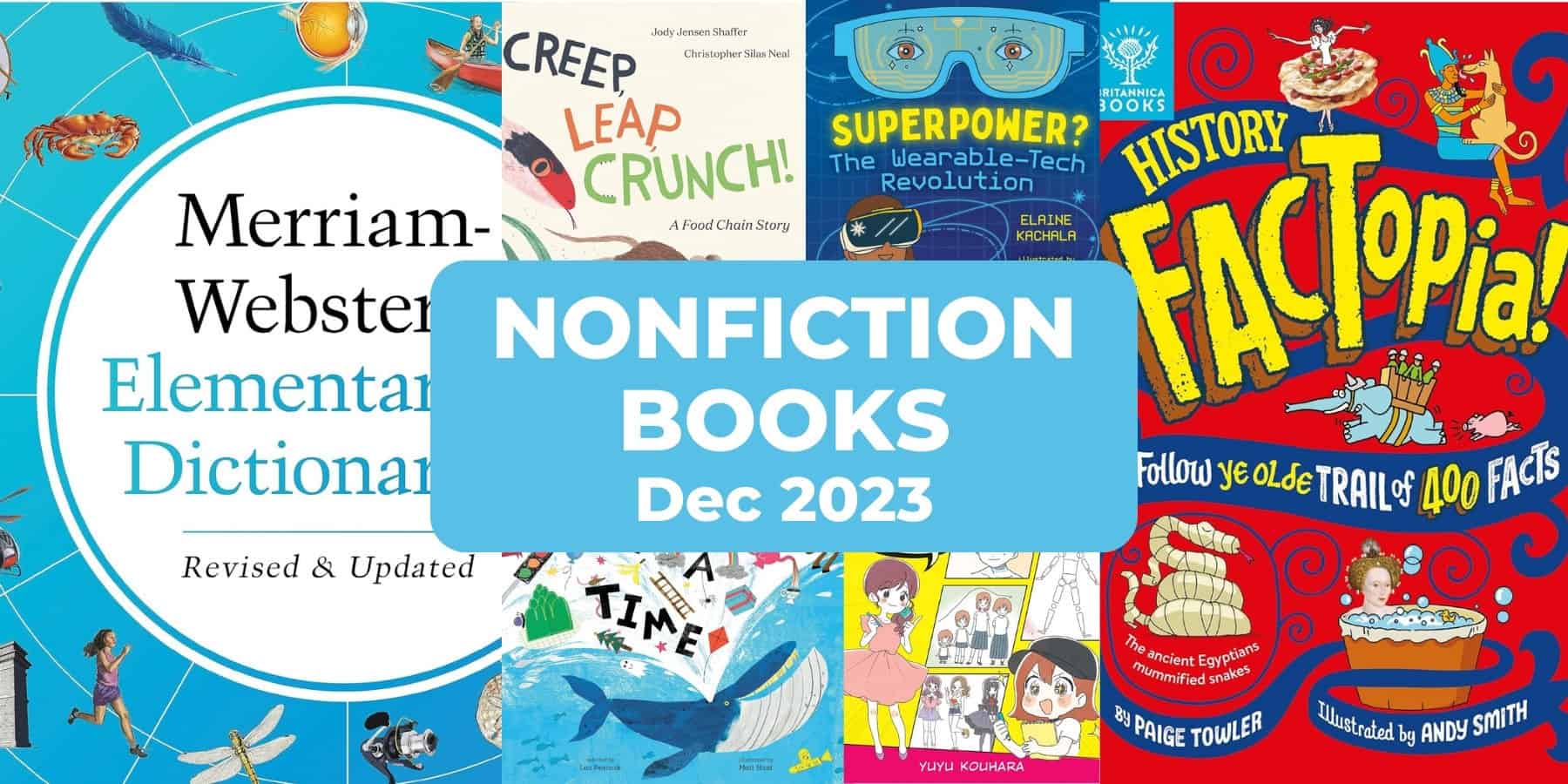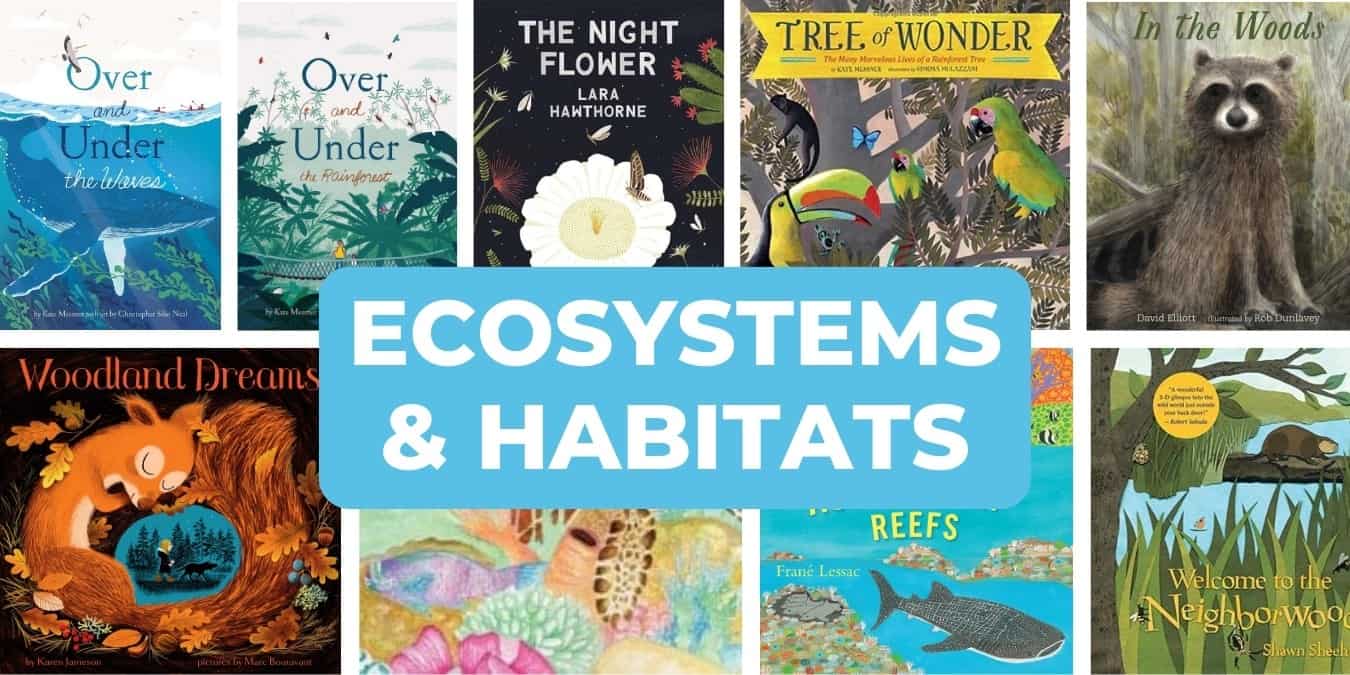Teach Kids to Use Vivid Verbs in Their Writing
This post may contain affiliate links.
Want your students or children to stop writing with boring verbs? Me, too! Because writing is stronger and more interesting when we use vivid verbs. But how can we teach children to write with vivid action verbs? I can give you ideas and mentor text picture books that, in my experience as a writing teacher and professional writer, will be helpful.
Read Vivid Verbs in Mentor Texts
Use mentor texts to teach children in all grades about vivid verbs. Look for verbs that sing and move. Consider their more lackluster alternatives. Discuss why the writer chooses those specific words to create their piece of writing.
Read these beautifully written picture books and search for vivid verbs. Underline them. Highlight them. Collect them. List the vivid verbs. (Yes, verb lists can be a helpful revision tool!)
As you read the mentor texts, talk about which verbs sing and shine and which don’t.

What is a Vivid Verb?
Vivid verbs are verbs with meaning — that give readers sensory images and semantic connotations.
The right vivid verb shows semantic nuances. For example, devour is different than eat. If you use the word devour instead of eat, it implies a voracious appetite.
Likewise, fleeing is different than running. If you say flee instead of run, semantically, you’re giving the reader more information. It shows a different meaning — one of intensity and hurry because of a scary situation.
Of course, both flee and devour are MUCH more vivid than verbs of being like was, is, did, went, or had. Those are boring verbs. Of course, occasionally, we must use weak verbs of being. But, you need to understand the difference so you can choose appropriately. (Note: Young writers learning about this can go overboard with their exuberant verb choices, just like they do when they learn about a thesaurus. Let them! It’s part of the process.)
Vivid verbs can also create an atmosphere and emphasize narrative voice. If I’m writing a story about a cat, I would use verbs like tip-toe, prance, and bound. But, I wouldn’t not use those verbs in a story about an elephant. Does that make sense? Elephant-like verbs would be thunder, tromp, and trumpet.
Teach the difference between action verbs and verbs of being (am, is, are, was, were, be, being, been) and helping verbs (has or had.) Then, teach kids that action verbs are words that can be acted out. You can only play “Simon Says” with ACTION VERBS. (Why not play it!?)
Revise for Vivid Verbs
It’s essential to revise your writing for verb choices. Even in my own writing, I often start with boring verbs, but in revision, cut the boring verbs and replace them with strong verbs that show action.
Read your writing out loud. This is so important. Stop when you get to a boring verb. Circle it– and come back to it later.
When you go back through, change the circled dull verbs to stronger verb choices.
Write!
After reading your mentor texts and making word lists, apply what you know about vivid verbs to your own writing. Don’t forget to revise your drafts for better verbs after your first draft.
Click on the Vivid Verb List image below and get the free pdf download.
Vivid Verbs Mentor Texts
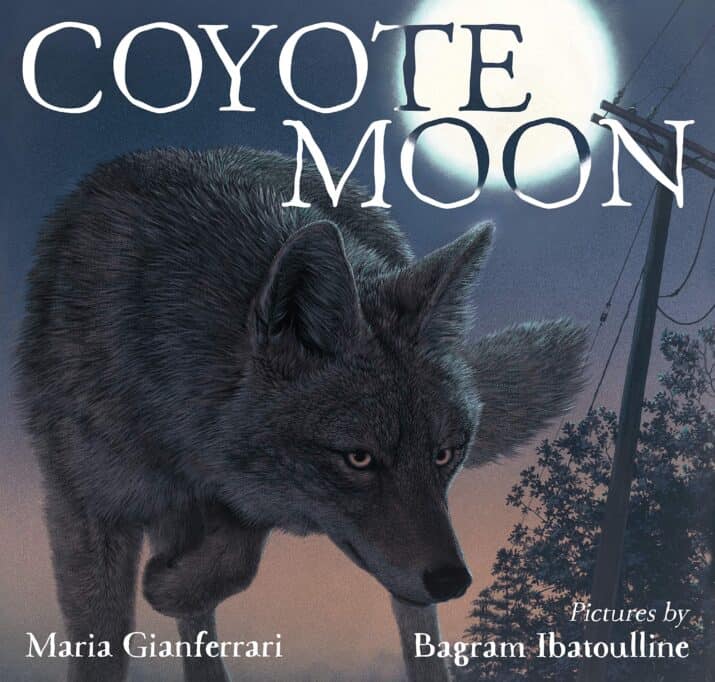
Coyote Moon by Maria Gianferrari, illustrated by Bagram Ibatoulline
It’s a night in the life of a coyote who is searching for food to feed her cubs. I love the descriptions and verb choices that set the mood. “Twigs crack. Rabbit freezes. Ears twitch. Coyote lunges. Rabbit leaps. Shadows blur. Coyote is fast, but Rabbit is faster, skittering under the slide to safety.”
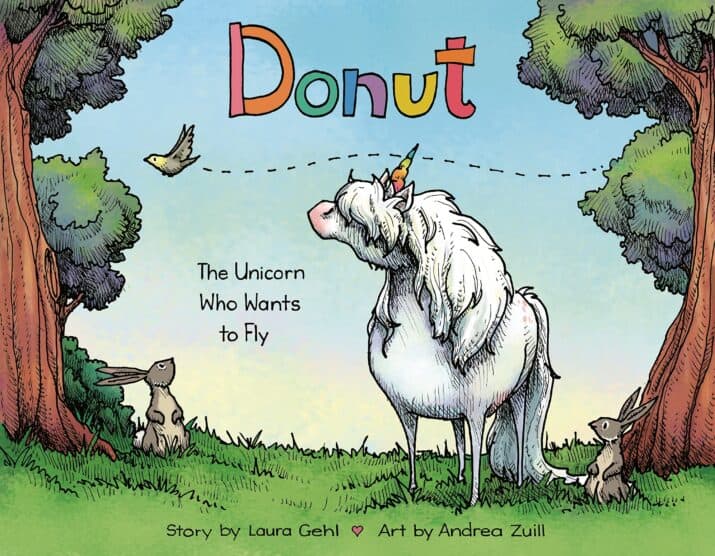 Donut the Unicorn Who Wants to Fly by Laura Gehl, illustrated by Andrea Zuill
Donut the Unicorn Who Wants to Fly by Laura Gehl, illustrated by Andrea Zuill
Simple rhyming noun-verb combos show a persistent unicorn who keeps trying to fly and eventually, DOES! “Donut sails! Donut flails.” Enchanting, expressive illustrations narrate much of this charming story. You can’t help but cheer Donut on!
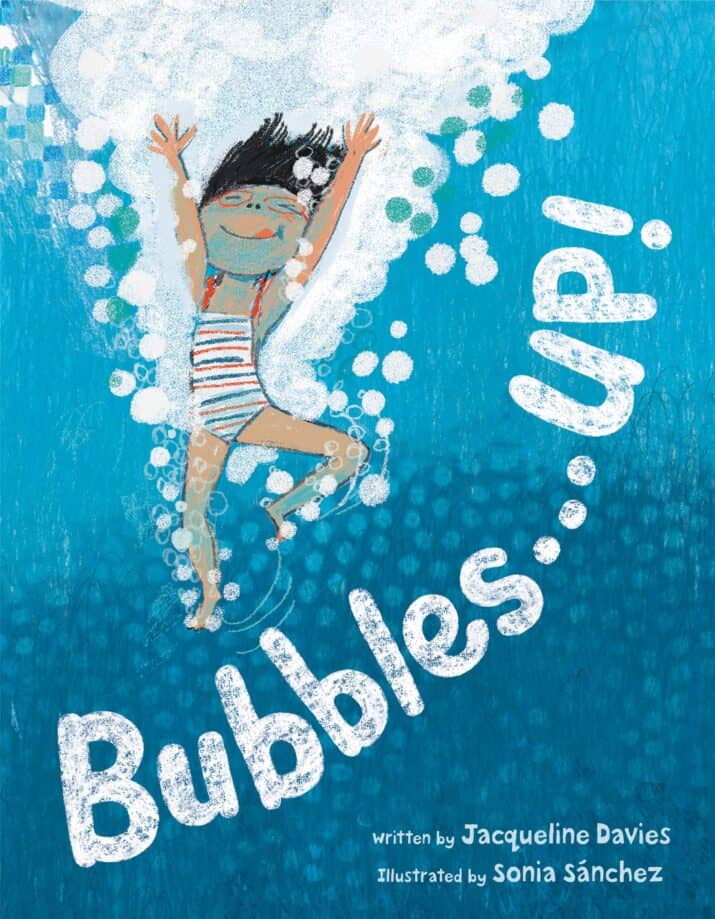 Bubbles…Up! by Jacqueline Davies, illustrated by Sonia Sanchez
Bubbles…Up! by Jacqueline Davies, illustrated by Sonia Sanchez
Written in the second person, this is a vivid verb, punchy, exuberant celebration of swimming and playing underwater! And even if a storm stops you for a while, when it’s gone, it’s time to get back in the water, you plunge under, under, under, BUBBLES UP!
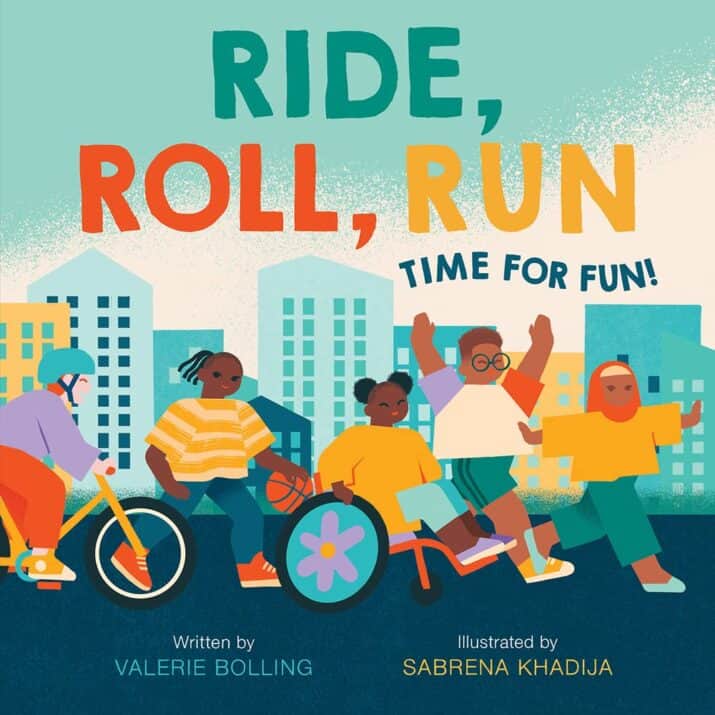 Ride, Roll, Run Time for Fun! by Valerie Bolling, illustrated by Sabrena Khadija
Ride, Roll, Run Time for Fun! by Valerie Bolling, illustrated by Sabrena Khadija
“School’s done! Ride, roll, run!” Kids will enjoy this action-packed yet simple story about all the things kids can do after school. Teachers and parents will love the (action) verbs, verbs, and more verbs! “Dribble, fake. Fast break! Shoot, wish. Swoop, Swish!” Mentor text, anyone?
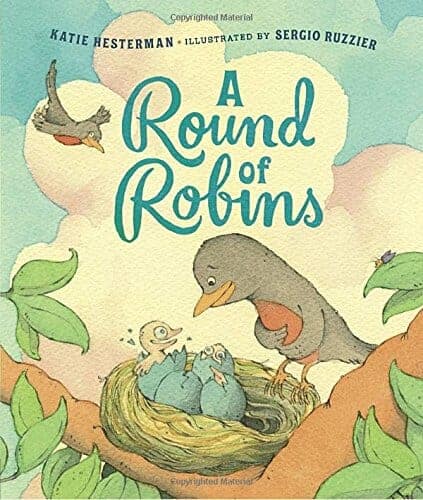 A Round of Robins by Katie Hesterman, illustrated by Sergio Ruzzier
A Round of Robins by Katie Hesterman, illustrated by Sergio Ruzzier
First, the robin parents build a nest, then guard their eggs, and eventually raise their baby birds to be independent. The rhyming poems are joyful, playful, and fun to read out loud. Teachers, you’ll love using these poems in your writing workshop. Vibrant action verbs capture the lives of this bird family, “Jumble, jostle, rumble, squirm” or “Wiggle, ship / Squiggle, slip.”
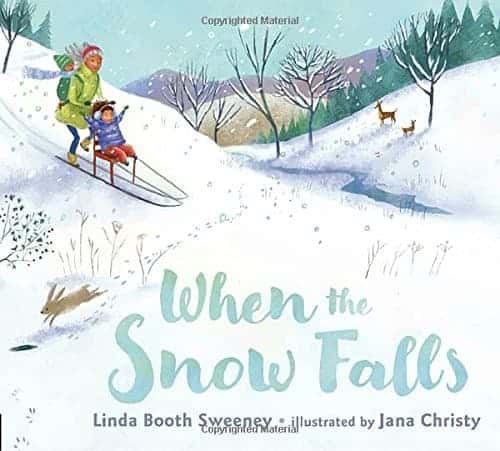
When the Snow Falls by Linda Booth Sweeney, illustrated by Jana Christy
Playful poetic language invites readers into a wonderland of multigenerational, multicultural family time in the snow. The children sled, make snow angels, watch the snowy roads, and return home to a cozy fire next to grandma and grandpa. “Cocoa warms. Mittens puddle. Day dawdles. We cuddle.“
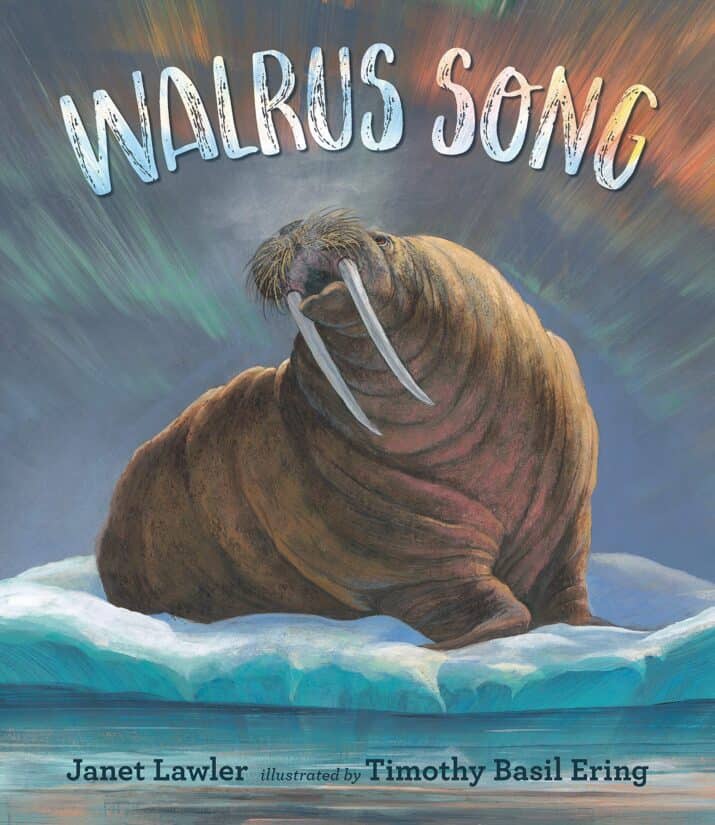 Walrus Song by Janet Lawler, illustrated by Timothy Basil Ering
Walrus Song by Janet Lawler, illustrated by Timothy Basil Ering
Lyrical writing with descriptive active verbs, this is a beautifully written book with dramatic illustrations and minimal text about the life of a walrus underwater, above water, fighting, making sounds, and more. “Waddle. Walk. Slap! Slap! Walrus lumbers. Flippers flap.“
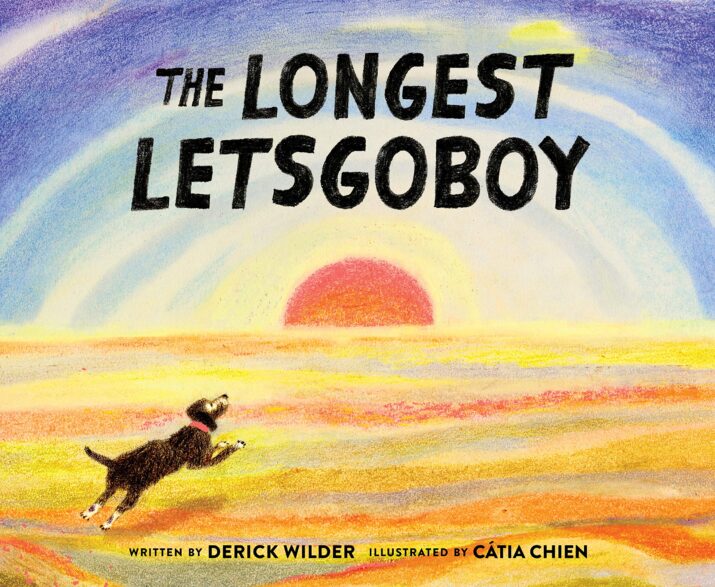
The Longest Letsgoboy by Derick Wilder, illustrated by Catria Chien
Heartbreaking and beautiful with transcendent illustrations, this is a beautiful book for anyone who has a dog or who has lost a dog. An old dog walks with his Little one last time through nature, speaking to us in a playful dog-speak style. “I wigglewag…We reach a bend in the gurgleburble, where hornheads and stripetails often visit, and sipslurp cool sweetness.” Later, when Little sleeps, the dog slowsteps to the softgreen, circles twice, and then hears his last letsgoboy. He closes his eyes and is lifted to a place where he’s young again.
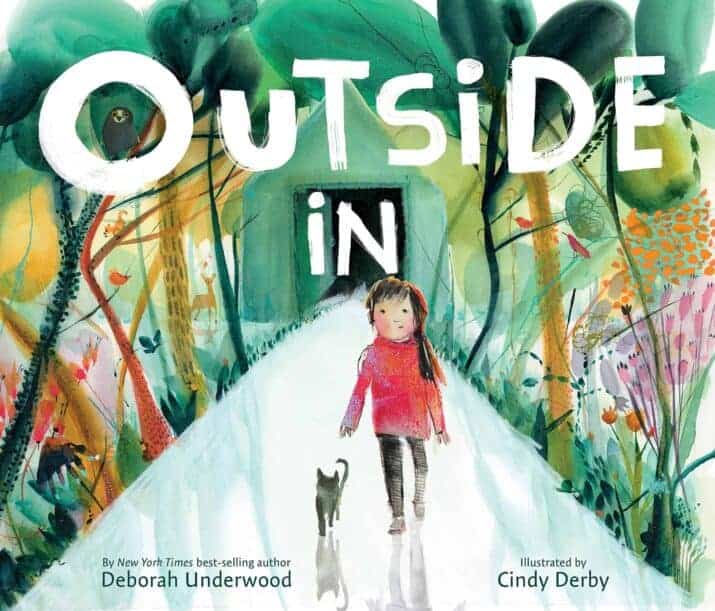 Outside In by Deborah Underwood, illustrated by Cindy Derby
Outside In by Deborah Underwood, illustrated by Cindy Derby
Outside In thoughtfully looks at our relationship with nature. Sometimes we forget about Outside, but Outside reminds us of sunset and shadows and birds…”Outside sings to us with chirps and rustles and tap-taps on the roof.” Celebrate nature with this lyrical ode to all that Outside gives us. Beautifully written with vivid verbs and evocative watercolor illustrations, this gem is one you don’t want to miss.
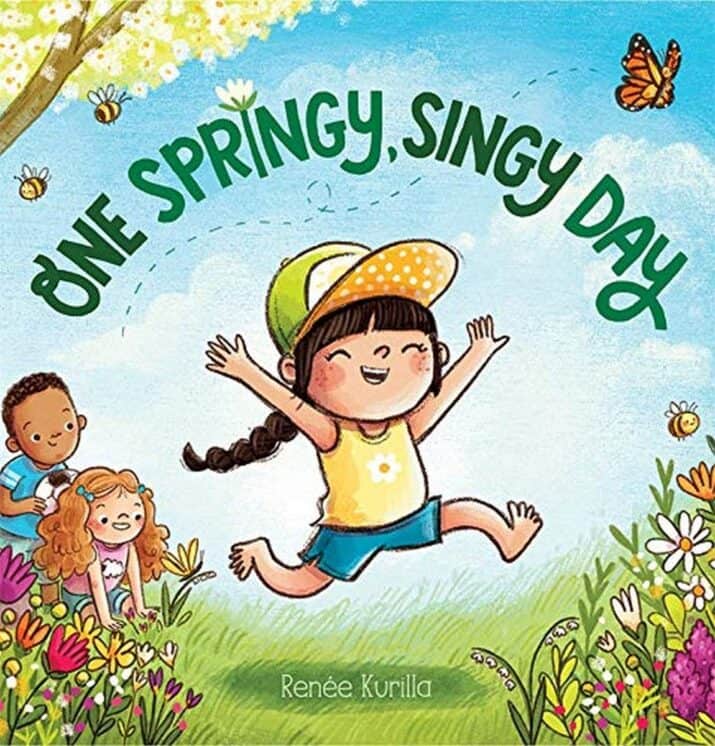
One Springy, Singy Day by Renee Kurilla
“Stretchy yawny wide awake at dawn-y.” It’s a VERBY, action-filled day showing a diverse group of kids who play and read, eat, and imagine until the end of the day which is “soapy scrubby bubbles in the tubby.” Charming.
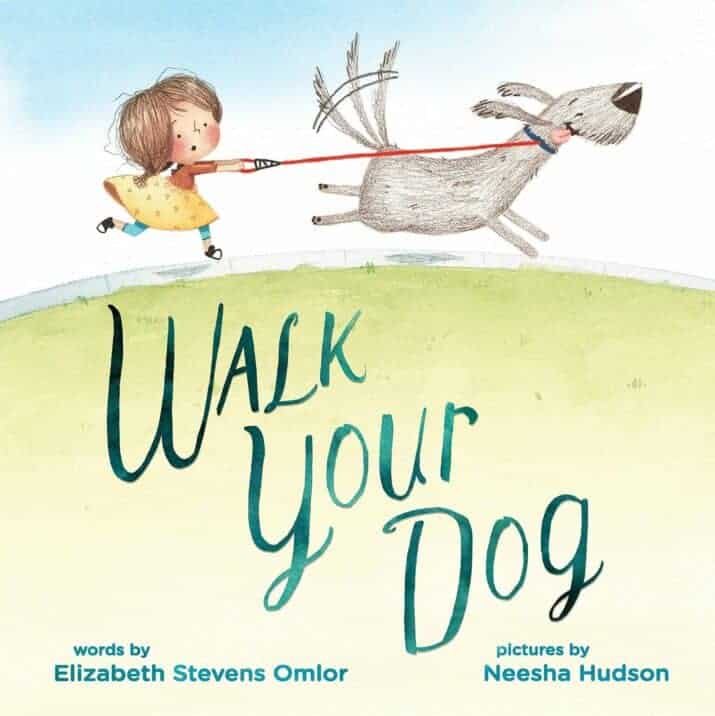
Walk Your Dog by Elizabeth Stevens Omlor, illustrated by Neesha Hudson
Detailed illustrations of a little girl and her exuberant dog add depth to this book about loving your pet dog. “Greet your dog,” the book begins. Simple three-word sentences on each page make this a good choice for new readers as well as a read aloud. See what you do with your dog from the beginning of the day to the end. “Settle your dog. // Love your dog.”
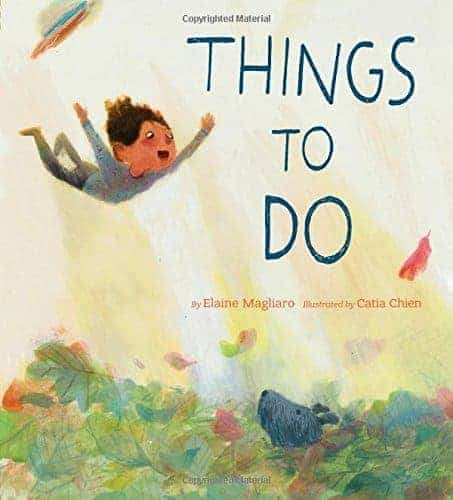
Things to Do by Elaine Magliaro, illustrated by Catia Chien
Beautifully illustrated and filled with unique vivid verb made-up words that sparkle as wonderful images! These are the things to do if you’re dawn, a honeybee, the sky, and more. “Things to do if you are RAIN / Polka dot sidewalks. Freckle windowpanes. Whoosh down gutter spouts. Gurgle into drains. Patter ’round the porch in slippers of gray. Tap dance on the roof. Then . . . go away.”
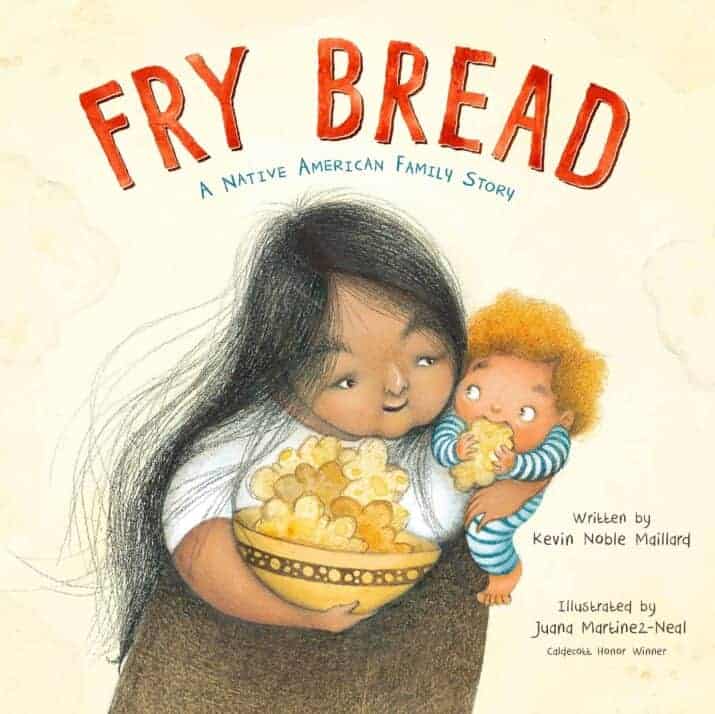
Fry Bread: A Native American Family Story by Kevin Noble Maillard, illustrated by Juana Martinez-Neal
This beautifully written gem celebrates Native American culture through the lens of the food Fry Bread. The repetitive text starts each two-page spread, “Fry bread is…” then descriptive, lyrical verse follows each statement, elaborating on the meaning. “Fry bread is sound / The skillet clangs on the stove / The fire blazes from below / Drop the dough in the skillet / The bubbles sizzle and pop.” This rich text paired with evocative illustrations is a wonderful book showing Native American traditions of family, food, and love.
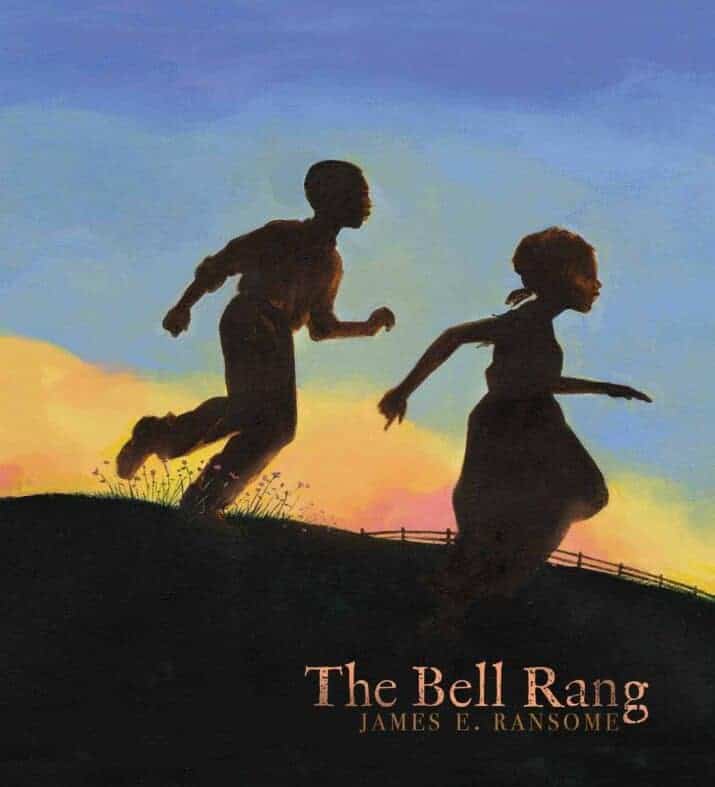
The Bell Rang by James E. Ransome
The short, poignant phrases set the tone for a bittersweet, emotional story. The repeated text helps kids put themselves in the shoes of the child narrator, a slave on a plantation whose older brother runs away. Every day is the same — the bell rings, ther parents and her brother Ben go to the field, and she goes to Miss Sarah Mae’s to play with the other children. “The bell rings. / Daddy gathers wood. / Mama cooks. … Mama kisses me. / Daddy touches my neck / with rough hands.”
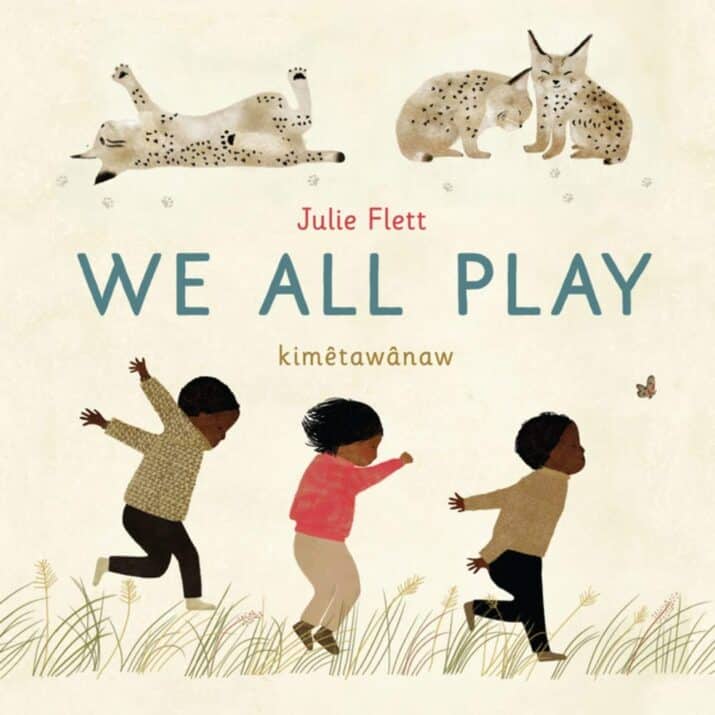
We All Play by Julie Flett
See the similarities between humans and animals! Simple sentences with vivid verbs show animals in playful action plus kids doing the same, showing the similarities between animals and humans. “Animals hide and hop // sniff and sneak // and peek and peep. // We play too! kimetawanaw mina.”

Dreamland by Noah Klocek
Luminous illustrations, vivid verbs, and sensory imagery depict a little girl on a bedtime journey to find her dreams and restful sleep. My daughter can relate as she has struggled to fall asleep night after night. “She struggled past the moonlight that fell in her room . . . // and waded through the blankets that seemed lost in the sheets.” Marching, dancing, and traveling, Amelie finally finds herself in her favorite dreams.

Winter Dance by Marion Dane Bauer, illustrated by Richard Jones
This beautifully illustrated and written picture book enchants readers with repeated text and soft forest scenes. Fox asks different forest creatures what he should do to prepare for winter. They tell him what they do in the winter, like make a chrysalis, burrow in the mud, and gather and hide acorns. But it’s not until he sees another red fox that he learns what to do. “When a million snowflakes fill the air, twirling, tumbling, spinning, waltzing, you and I join them.” It’s absolutely a joyful celebration of winter.
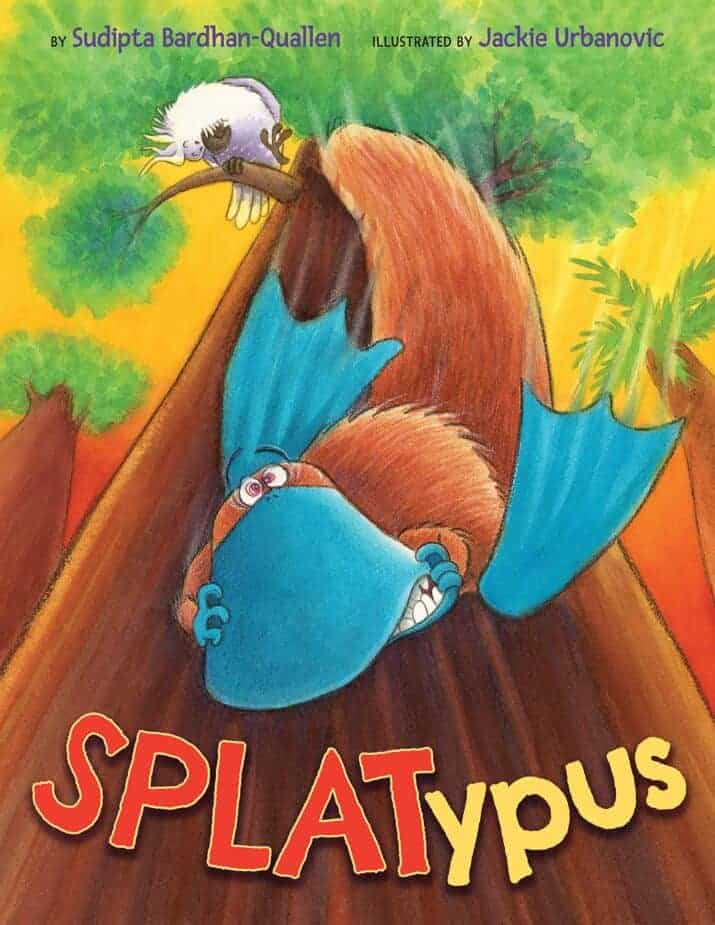 Splatypus by Sudipta Bardhan-Quallen, illustrated by Jackie Urbanovic
Splatypus by Sudipta Bardhan-Quallen, illustrated by Jackie Urbanovic
This fun story’s language invites reading aloud. Platypus wants to play — so he finds animals and tries his best to fit in — skipping, hopping, dipping, dropping, and splat! (See her amazing use of vivid verbs?) Kangaroos, dingoes, possums, and fruit bats all make Platypus become Splatapus. Then he finds penguins who are swimmers just like him.
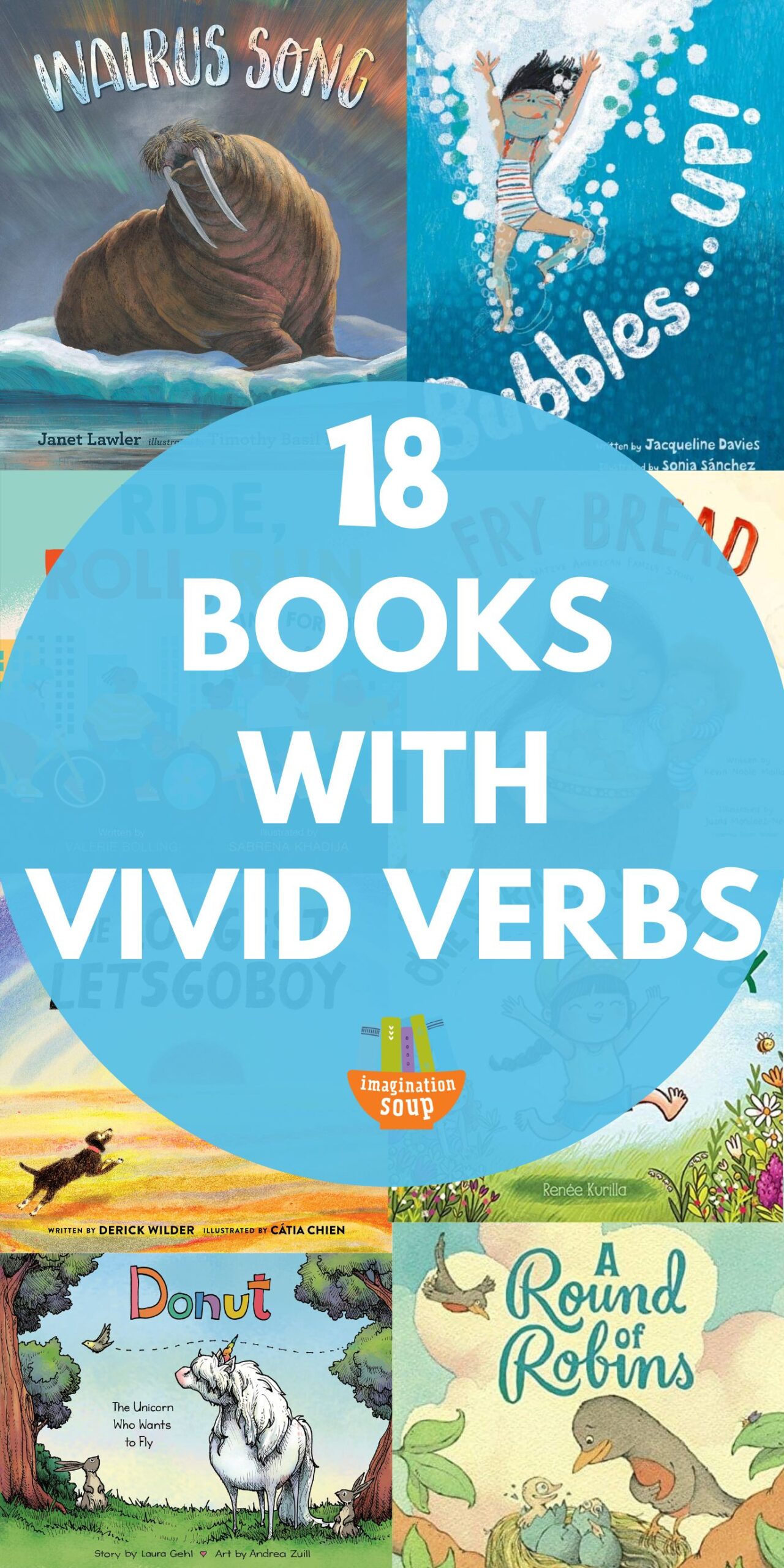
KEEP READING


